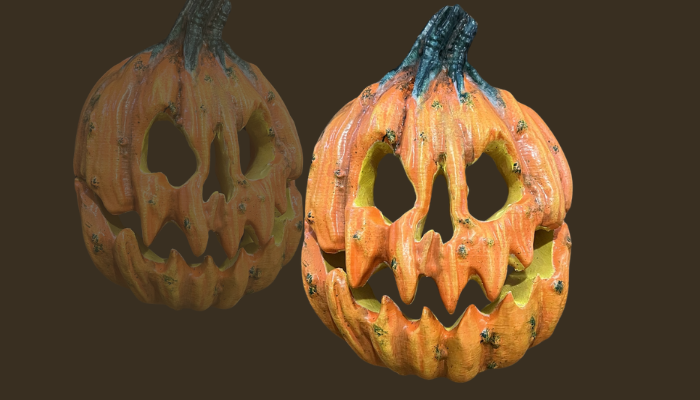
The Best 3D-Printed Masks for Halloween
As the autumn chill sets in and whispers of Halloween fill the air, the most creative holiday of the year
Dear Customers,
Our new online quoter and client portal are officially live!
From September to December, both old and new versions will run in parallel as a transition period.
✨ Special Offer:
Enjoy automatic quantity discounts — the more you order, the lower the unit price (up to 25% off for selected materials).
🌟 Already available:
⚡ Better user experience & faster server performance
🕒 More accurate delivery time estimates
📝 Simplified and faster order process
🔮 Coming soon:
🛠 Instant quote for CNC & other processes
📦 Order tracking & workflow updates
📧 New email notification system
📂 Batch upload & batch editing of models
🔍 Online DFM (Design for Manufacturability) checks
📊 Enhanced order panel with detailed statistics
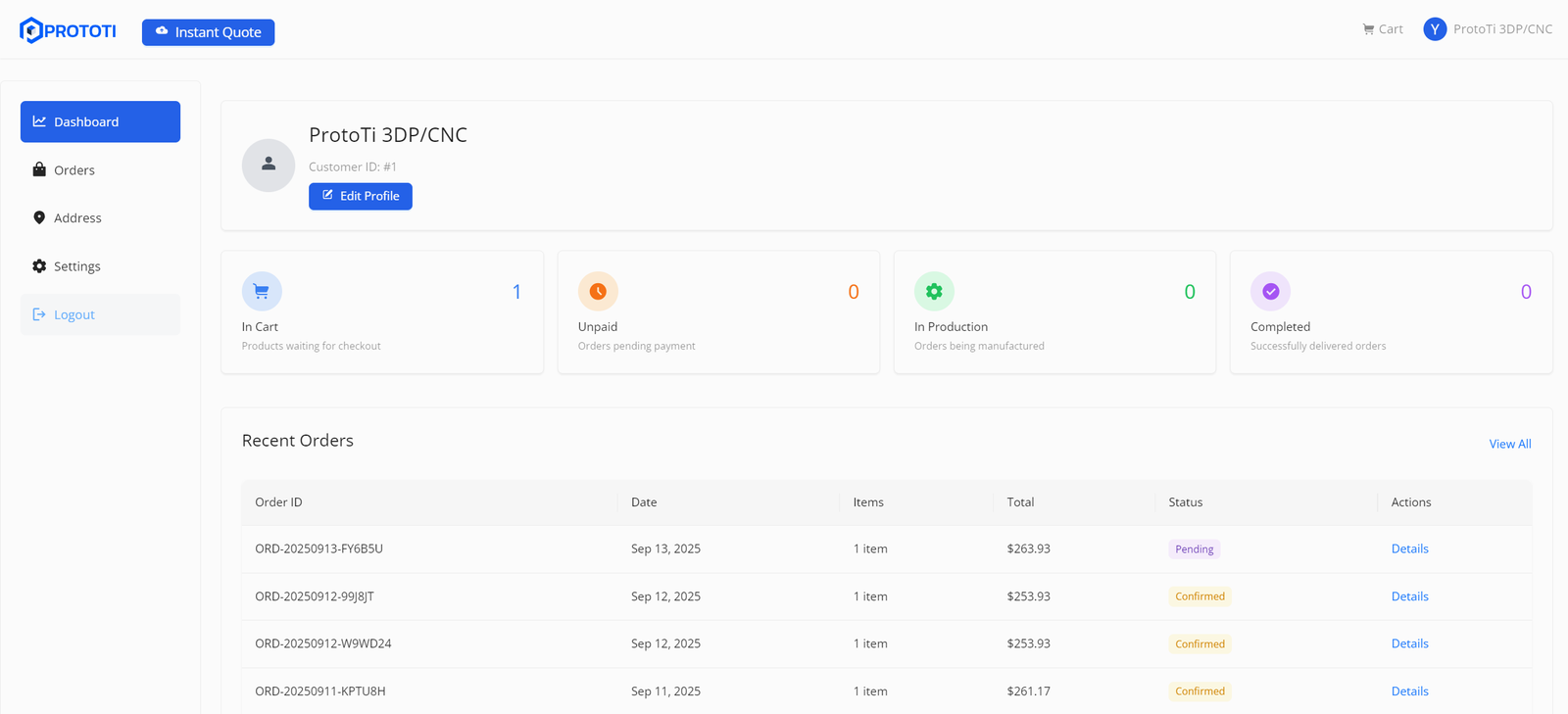
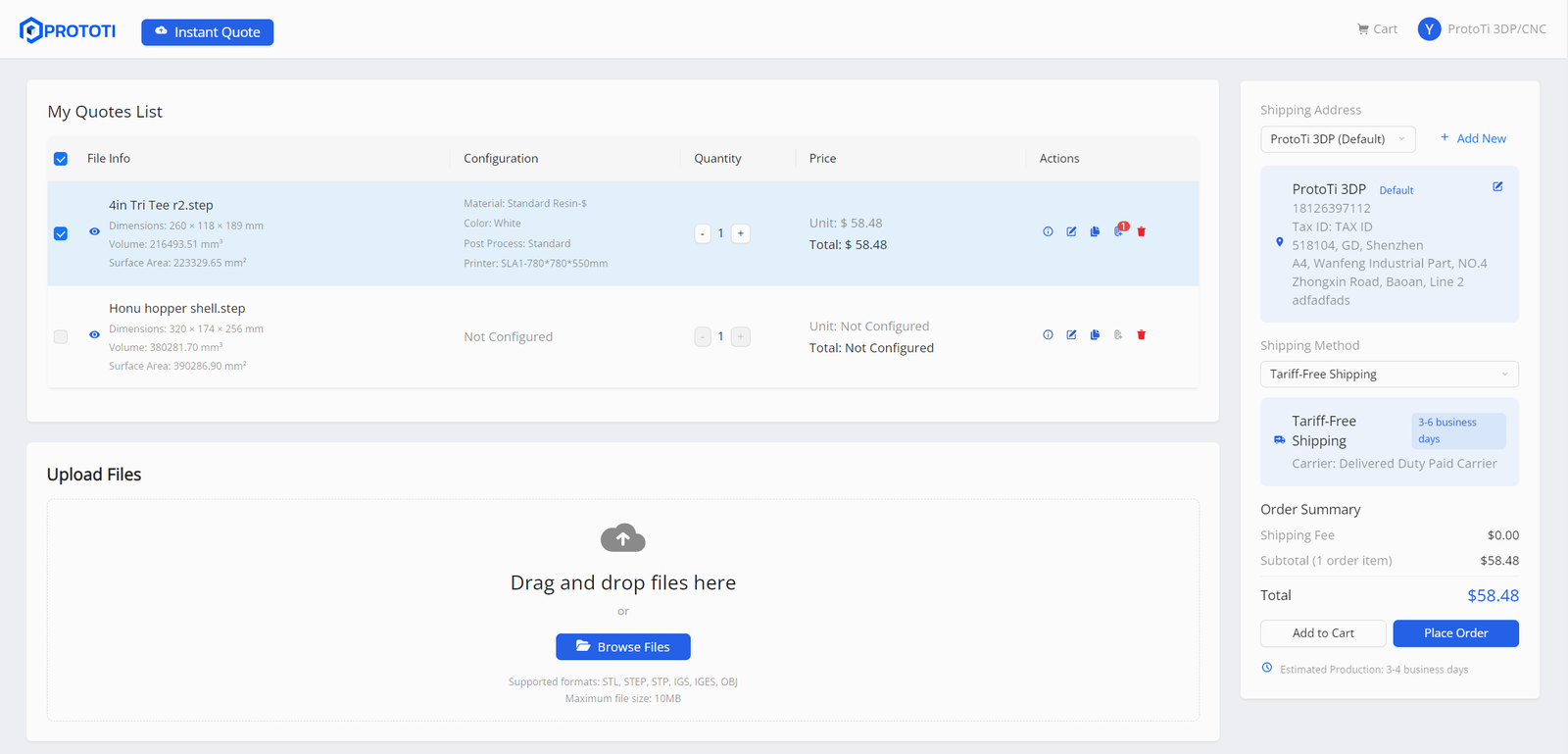
Thank you for your support — we look forward to bringing you an even smoother ordering experience!
— ProtoTi
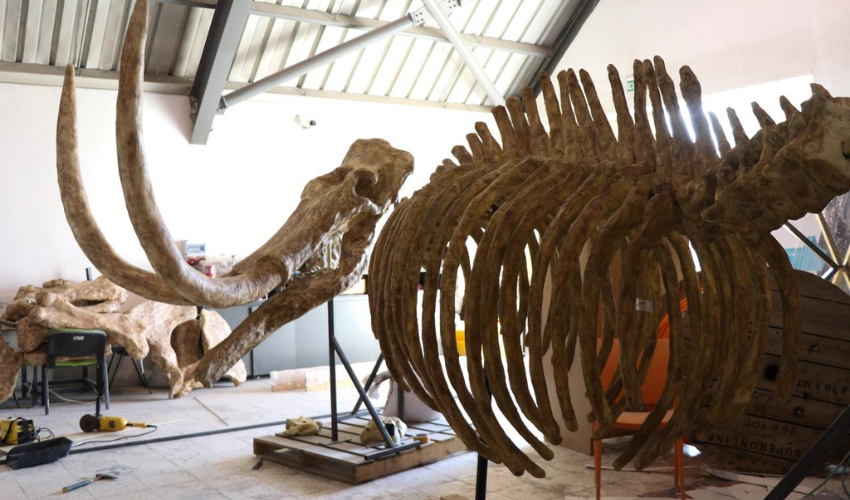
In central Türkiye’s Kayseri province, researchers are turning to 3D printing to help restore fossils that date back 7.7 million years. The remains, discovered near the Yamula Dam by a goat herder in 2017, include saber-toothed cats, giraffes, elephants, mammoths, rhinos, three-toed horses, antelopes, turtles, and pigs. After years of excavation, the fossils are now being cleaned, conserved, and prepared for exhibition at the under-construction Kayseri Paleontology Museum.
Traditionally, gaps in fossils were filled using chemical molds, a process that was both time-consuming and potentially damaging to the specimens. Now, high-precision 3D scanners and printers allow researchers to digitally replicate missing bones without exposing the fossils to chemicals. After scanning each fragment, the team uses the data to design replacement parts that are then printed locally. This approach not only preserves the integrity of the original material but also significantly speeds up restoration.
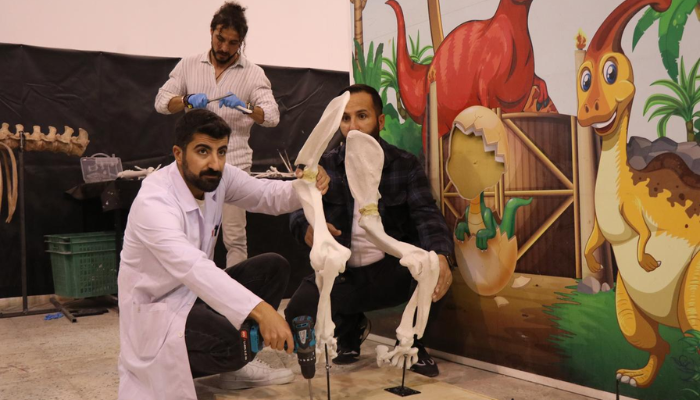
The adoption of 3D printing has brought dramatic cost reductions as well. Mounting a giraffe skeleton previously cost millions of lira and was often outsourced overseas, but with the new technology the team can produce and mount pieces in-house for a fraction of the price. Researchers have already completed full mounts for giraffes, rhinos, and elephants, while a saber-toothed cat mount is nearing completion. Each printed part fits seamlessly with the original fossil, allowing visitors to see complete skeletons for the first time.
The process is guided by careful scientific analysis. After identifying each species, researchers compile measurements from academic literature and create mathematical drawings to inform the design. These models are then uploaded to a slicer software and sent for printing. The printed components are then assembled with the original bones to build full skeletal structures.
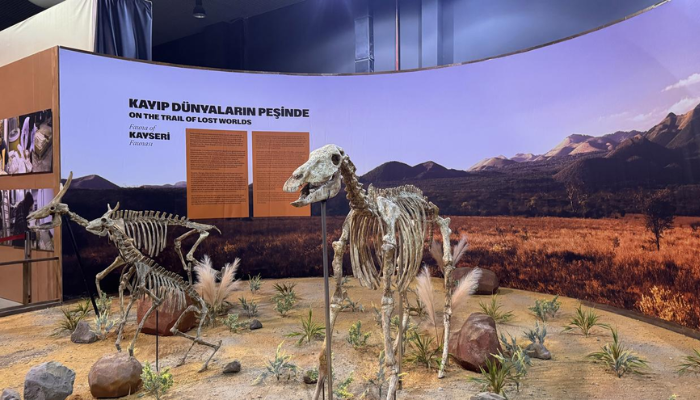
Once the museum opens, the reconstructed mounts will take visitors on a journey through Türkiye’s prehistoric landscapes, showcasing the large mammals that once roamed Kayseri. The use of 3D printing is giving new life to ancient remains, blending modern technology with paleontological research to make the distant past accessible in an entirely new way.
*This article originally appeared on 3D PRINTING NEWS.Joseph K is the original author of this piece

Share the Post:

As the autumn chill sets in and whispers of Halloween fill the air, the most creative holiday of the year
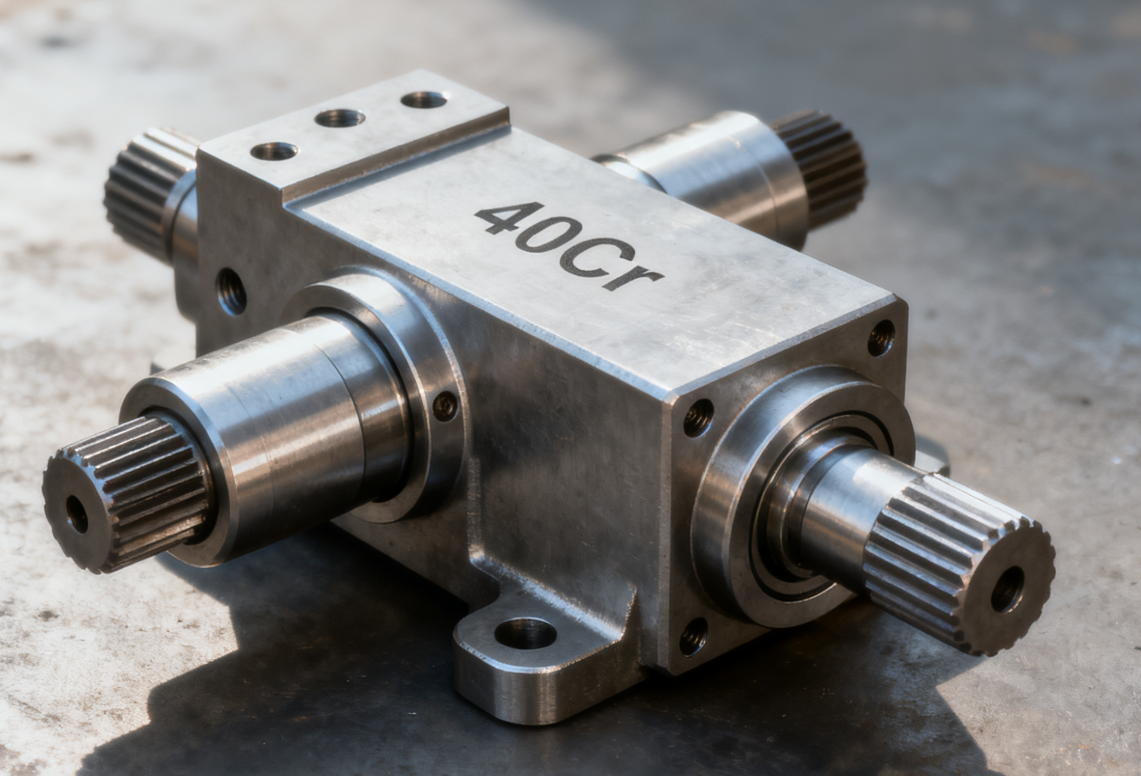
In the modern mechanical processing industry, material selection is the key to ensuring the performance, lifespan and cost control of parts. For engineering parts with medium-high strength, wear resistance, impact resistance and demanding heat treatment properties, 40Cr alloy structural steel is widely adopted due to its comprehensive excellent performance. This article will systematically introduce the chemical composition, physical and mechanical properties, heat treatment process, mechanical processing adaptability, typical applications, material selection comparison, advantages and disadvantages, as well as precautions during processing of 40Cr, to help engineers, purchasing personnel and manufacturers fully understand and correctly select this material.
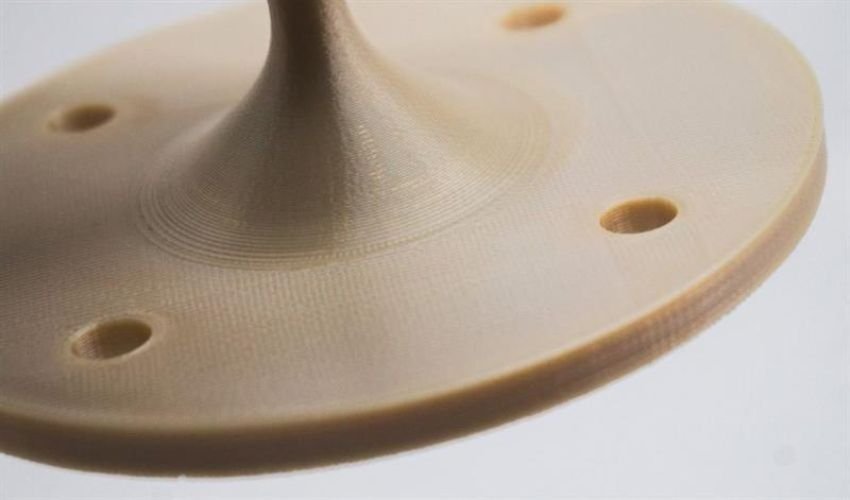
High-performance polymers (HPP) have been used in industry for several decades, particularly in injection molding and machining. However, in recent

Recently, the World Design Organization (WDO) and the UK Design Council hosted the World Design Congress (WDC) 2025 in London.